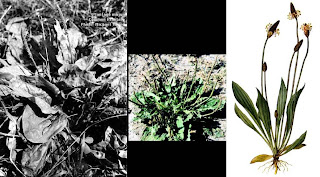Case Study: Contamination of Dietary Supplements with Digitalis Ianata
From: The New England Journal of Medicine
September 17th 1998
Vol. 339 Number 12 Pages 806-811
Authors: Nancy R. Slifman, M.D., M.P.H., William R. Obermeyer, Ph.D., Joseph M. Betz, Ph.D., Brenda K. Aloi,
Steven M. Musser, Ph.D., William A. Correl, Jr., B.S., Stanley M. Cichowicz, B.S. & Lori A. Love, M.D., Ph.D.
Plantain Species
Digitalis Species
Illustrations of Macroscopic Structures (P. lanceolata vs. D. lanata)
Microscopy - Sheathed trichome from leaf surface of Plantain (400X)
Confirmation of Adulterant Species
- Analyses performed by the FDA screened for the presence of cardiac glycosides by chemical assay and thin-layer chromatography. Only one of the components tested positive and was later confirmed by liquid chromatography & mass spectrometry
- Estimated 3-5 weeks for confirmation
The contaminating plant species can simply be confirmed microscopically as D. lanata in 1 day.




